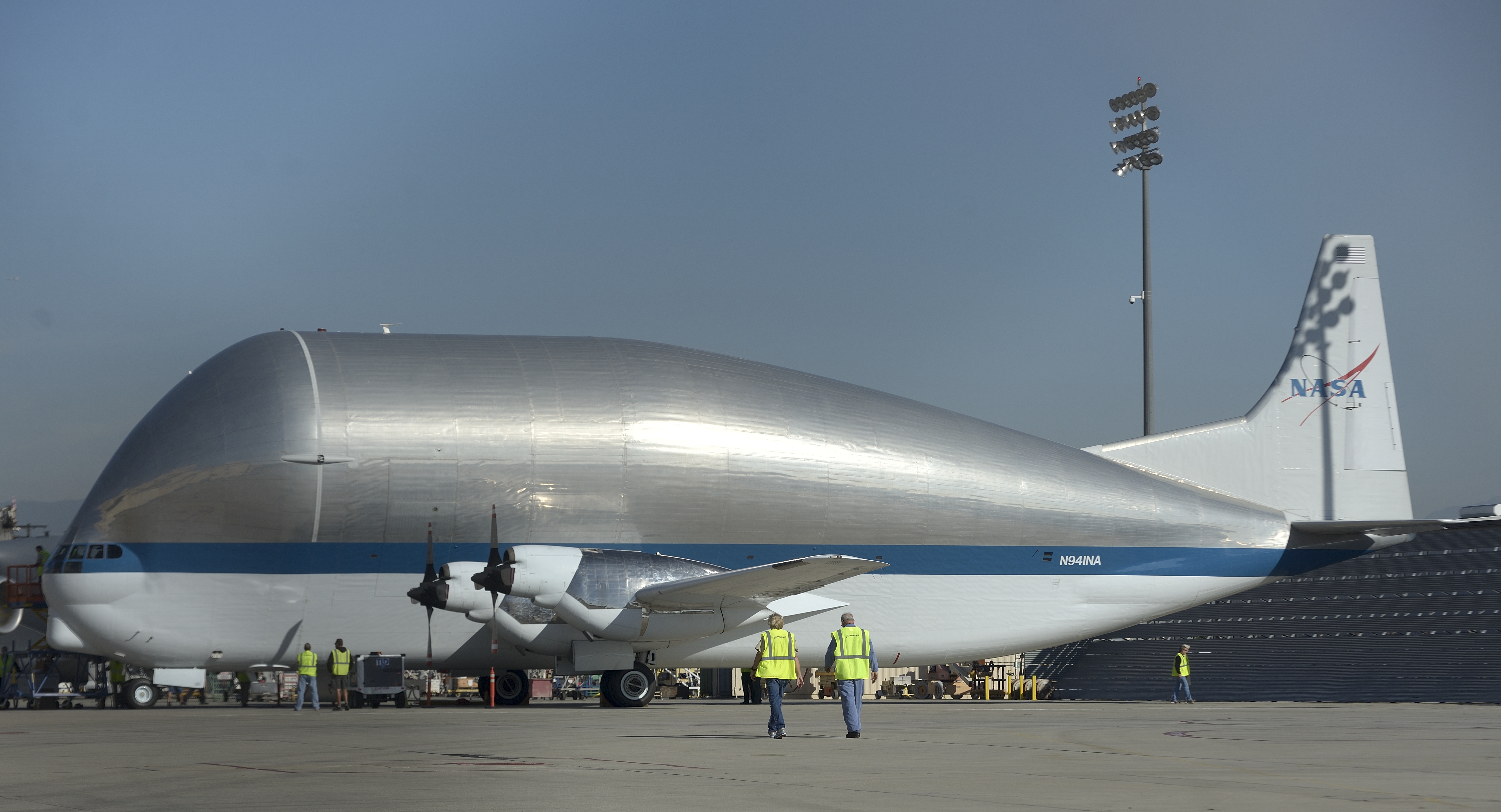INSUBCONTINENT EXCLUSIVE:
NASA has completed the testing process meant to simulate performance in in-space conditions for its Orion crew spacecraft, developed by
Lockheed Martin and designed to carry crew on the agency Artemis missions
The missions aim to return the next American man and deliver the first American woman to the surface of the Moon
It reportedly &aced& the tests according to NASA, which include thermal vacuum and electromagnetic interference performance
checks.
Obviously, it not business as usual at NASA amid the ongoing coronavirus situation (it isn''t business as usual anywhere), but NASA
still managed to finish up the testing it needed to do at its Glenn research facility in Ohio
Glenn is the site of world-leading testing facilities that simulate flight conditions, including wind tunnels and vacuum chambers, and Orion
testing completion at the facility means it now ready to move on to NASA Kennedy and Florida.
It&ll fly to Kennedy aboard NASA Super Guppy
aircraft, which is a specially-built cargo aircraft with an extremely wide body designed for the purposes of transporting larger-than-normal
cargo just like the Lockheed-built Orion capsule.
LONG BEACH, CA & DECEMBER 09: The B-377-SGT, also known as the &Super Guppy Turbine,&
sits at Boeing C-17 plant at Long Beach Airport on Tuesday
The Super Guppy is notable for its prominent forehead and enormous mid-section, as well as four turbine engines and propellers
The plane is operated by NASA and used to transport large cargo, such as components for the International Space Station
The Super Guppy last visit to Long Beach was during the Apollo missions.///ADDITIONAL INFORMATION: Slug: SuperGuppy.1210.jag, Day: Tuesday,
December 9, 2014 (12/9/14), Time: 10:51:53 AM, Location: Long Beach, California & B-377-SGT, &Super Guppy Turbine& & JEFF GRITCHEN, STAFF
PHOTOGRAPHER(Photo by Jeff Gritchen/Digital First Media/Orange County Register via Getty Images)
NASA in general appears to be progressing
with its preparations for both Artemis, as well as for other ongoing key programs like its Commercial Crew program, which will see privately
operated rockets fly astronauts to the International Space Station for the first time.
It has taken additional precautions to ensure the
health of its astronauts meant to fly on the first crewed Commercial Crew mission, however, and its NASA Marshall facility also announced
today that it limiting access to &mission-essential personnel& after one staff member tested positive for COVID-19 on Friday night.

